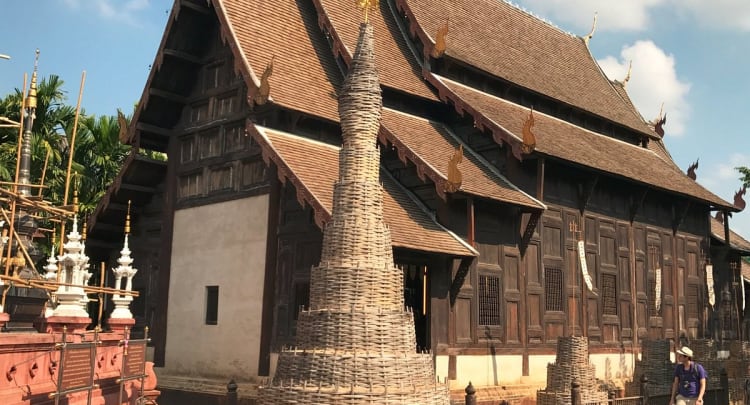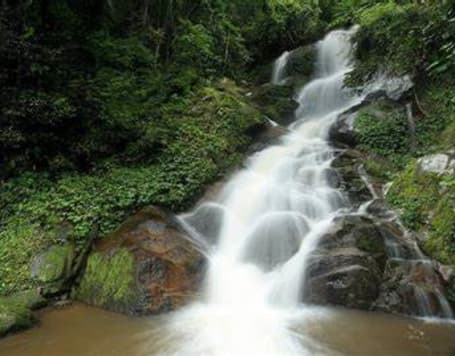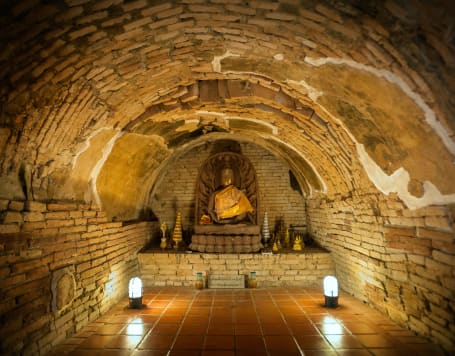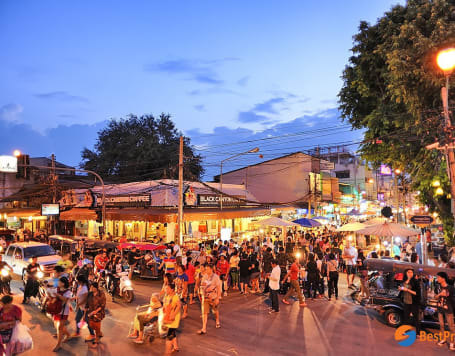Wat Phan Tao is a Buddhist temple located in the old city of Chiang Mai, Thailand. The temple is situated just south of the popular Wat Chedi Luang and is known for its unique architecture and intricate wooden carvings.
Originally built in the late 14th century as a palace for the King of Chiang Mai, the building was later converted into a temple in the early 19th century. The name "Phan Tao" translates to "temple of a thousand kilns," referring to the fact that the temple was once used as a center for crafting and firing pottery.
The temple's most notable feature is its elaborately carved wooden facade, which is considered one of the finest examples of traditional Lanna architecture in Thailand. The intricate carvings depict scenes from Buddhist mythology and are made from teak wood, which is known for its durability and resistance to decay.
Inside the temple, visitors can find a golden Buddha statue, along with a number of smaller statues and murals depicting Buddhist stories. The temple is also a popular spot for meditation and offers a peaceful and serene atmosphere amidst the hustle and bustle of the city.
Overall, Wat Phan Tao is a must-visit destination for those interested in Buddhist architecture and history, as well as for those simply seeking a tranquil and reflective space in the heart of Chiang Mai.


























